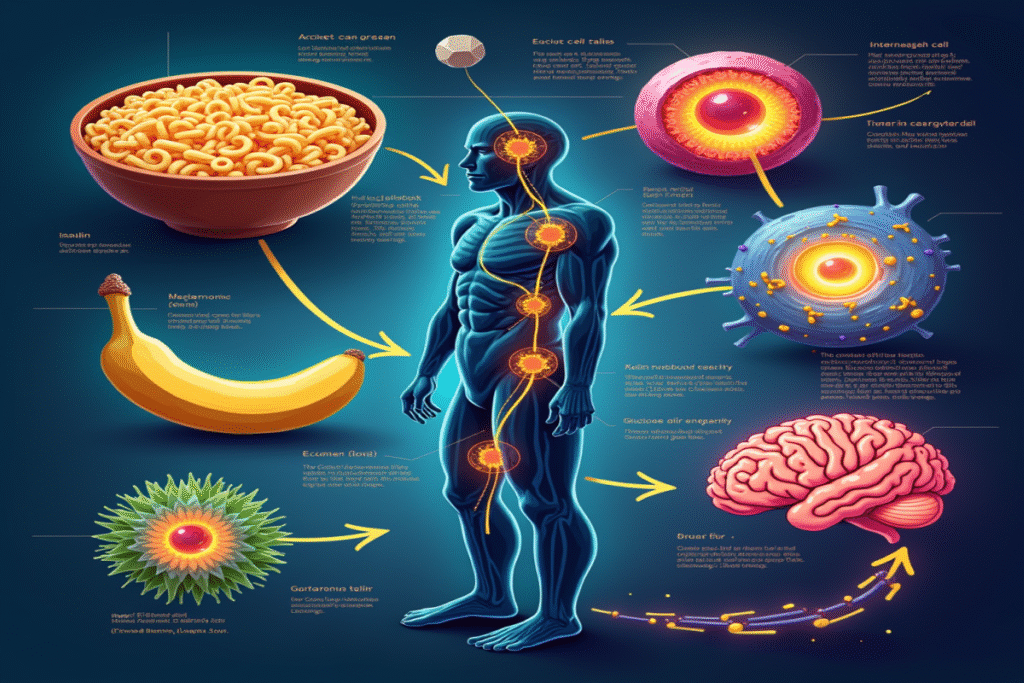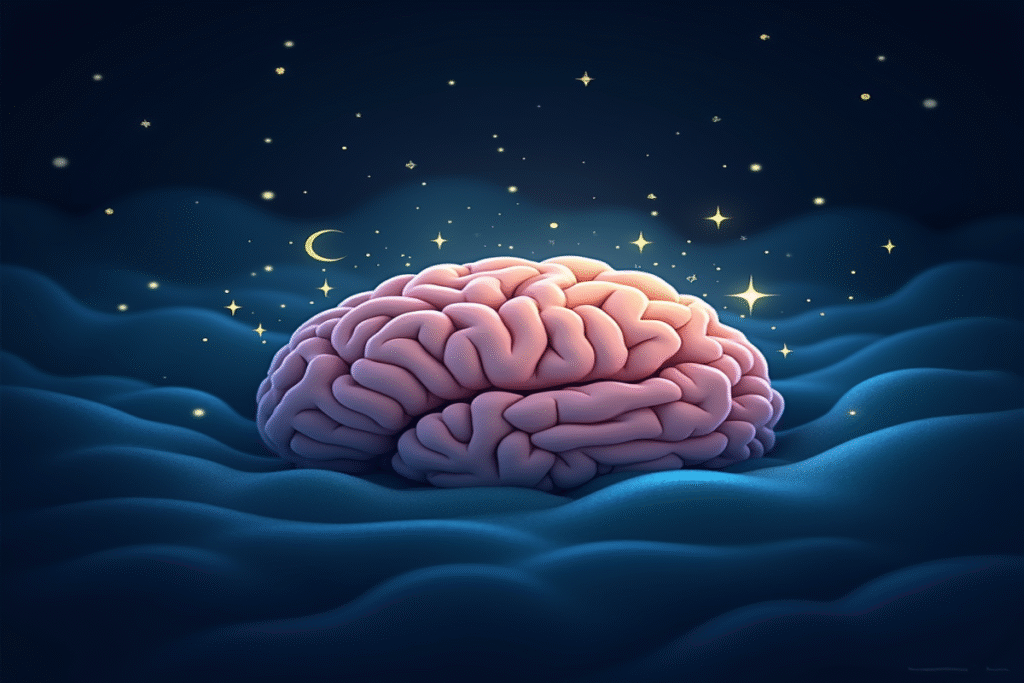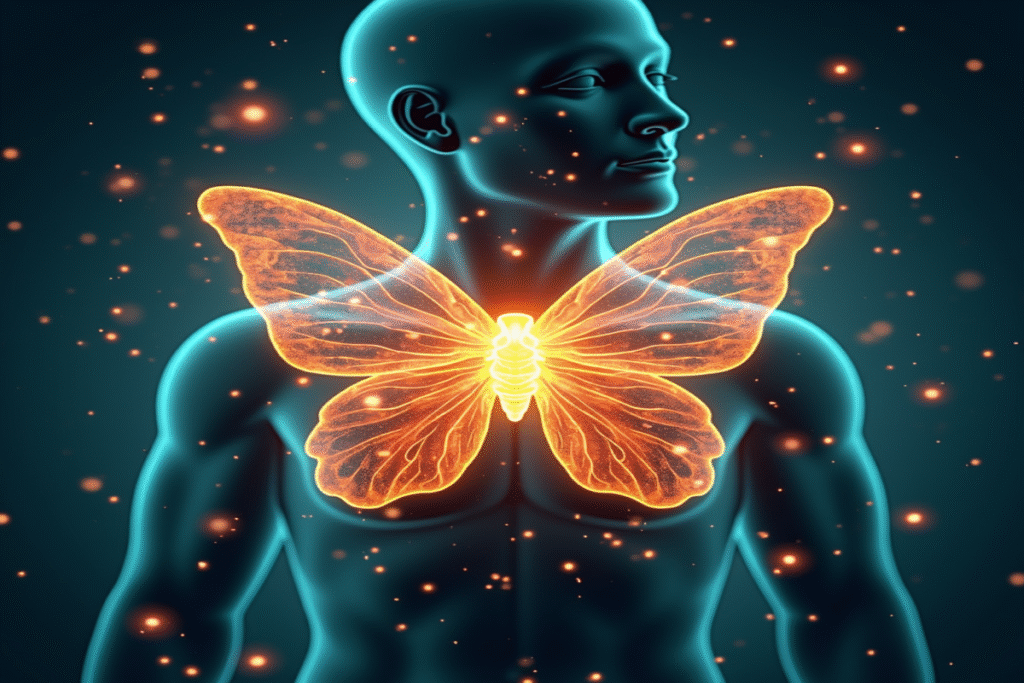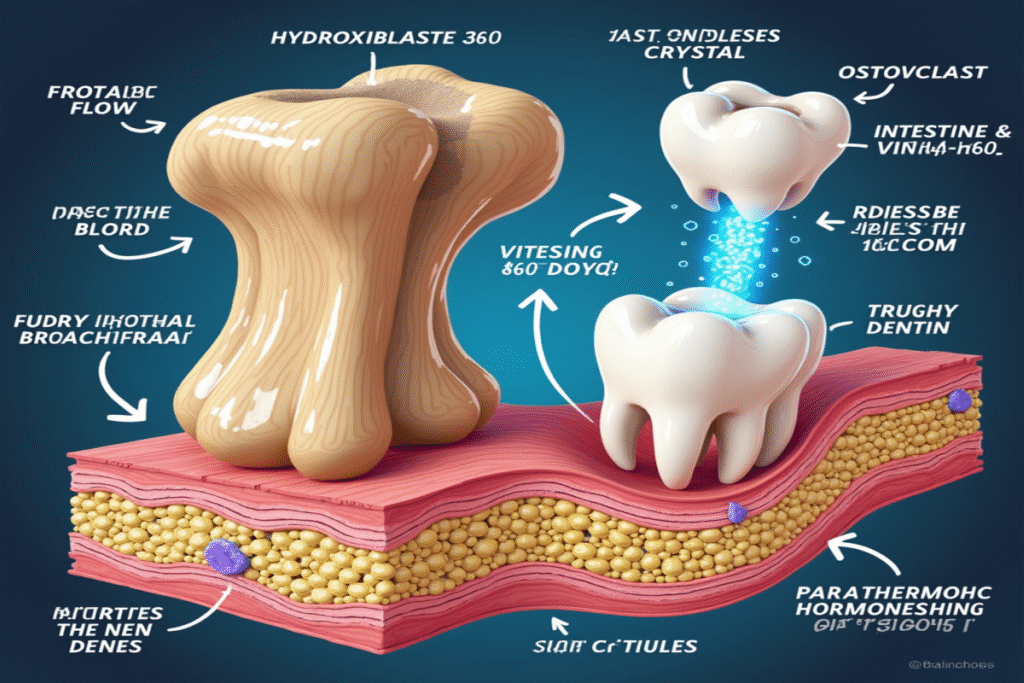Have you ever wondered what actually happens when you get a cut? Within seconds of injury, your body launches an incredible defense system that transforms your liquid blood into a solid clot, effectively plugging the leak. Behind this life-saving process stands an unsung hero: vitamin K.
The Coagulation Cascade: Your Body’s Emergency Response Team
When you cut yourself, your body activates a complex series of reactions known as the coagulation cascade. Think of it as a molecular domino effect where proteins in your blood sequentially activate one another. At the end of this cascade, a protein called fibrin forms mesh-like fibers that trap platelets and blood cells, creating a clot.
But here’s where vitamin K becomes crucial: without it, many of these clotting proteins wouldn’t function at all.
Vitamin K’s Molecular Magic
At the molecular level, vitamin K performs a fascinating chemical modification called carboxylation. This process adds carbon dioxide groups to specific amino acids in clotting proteins, enabling them to bind calcium. Once they have bound calcium, these proteins can attach to cell membranes where the clotting occurs.
Remarkably, vitamin K is recycled in your liver. After facilitating one carboxylation reaction, the vitamin K molecule is regenerated and can immediately help modify another protein. This efficient recycling system means a small amount of vitamin K can support thousands of carboxylation reactions.
Not Just One Vitamin, But a Family
Vitamin K isn’t a single compound but a family of related substances:
- Vitamin K1 (phylloquinone): Found in leafy greens like kale, spinach, and Brussels sprouts
- Vitamin K2 (menaquinones): Produced by bacteria in your gut and found in fermented foods and animal products
Both forms help with blood clotting, but vitamin K2 also appears to benefit bone and cardiovascular health.
Beyond Blood Clotting: The Multitasking Nutrient
The same carboxylation process that enables blood clotting also activates proteins involved in:
- Bone mineralization and strength
- Prevention of arterial calcification
- Regulation of cell growth
Scientists have discovered at least 17 different vitamin K-dependent proteins in the body, suggesting this nutrient has many roles yet to be fully understood.
The Clotting Paradox: When Fast Isn’t Always Better
Your body maintains a delicate balance between clotting too slowly (risking blood loss) and clotting too quickly (risking dangerous internal clots). Vitamin K helps maintain this equilibrium by also activating proteins that prevent excessive clotting.
This dual role makes vitamin K unique: it both promotes and regulates the clotting process, acting as both accelerator and brake in your body’s emergency response system.
Nature’s Band-Aid Factory
When you get a cut, vitamin K-dependent proteins spring into action within seconds. The clotting cascade activates and begins forming a clot typically within 10-15 seconds—often faster than you can reach for a bandage. The initial clot then strengthens over minutes to hours as more fibrin strands form cross-links, creating a robust natural bandage.
As healing progresses, vitamin K continues supporting the recovery process by helping regulate inflammation and cell growth at the wound site.
Keeping Your Clotting System Well-Tuned
To maintain your body’s remarkable wound healing abilities, include vitamin K-rich foods in your diet:
- Dark leafy greens (kale, spinach, collards)
- Cruciferous vegetables (Brussels sprouts, broccoli)
- Fermented foods (natto, sauerkraut)
- Certain cheeses (especially aged varieties)
Your gut bacteria also produce some vitamin K2, highlighting yet another reason why gut health is important for overall wellness.
The next time you see a small cut healing, take a moment to appreciate the complex molecular symphony happening beneath your skin—all guided by this essential, yet often overlooked, nutrient.





